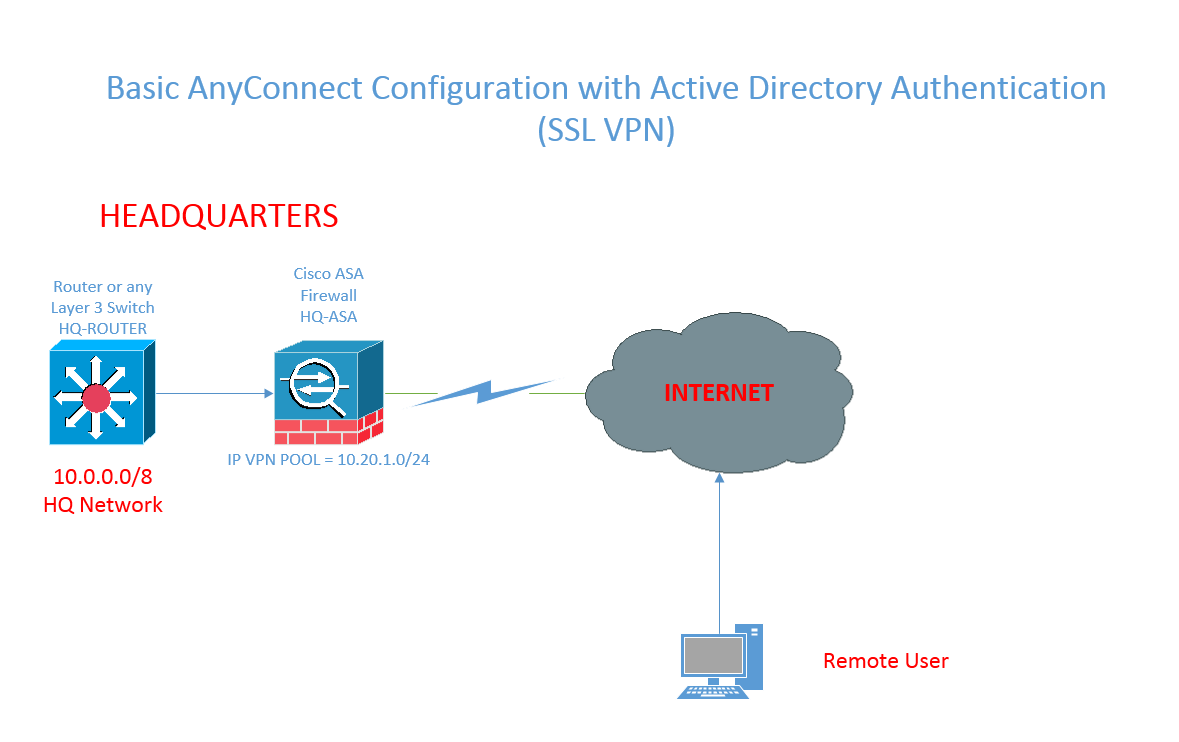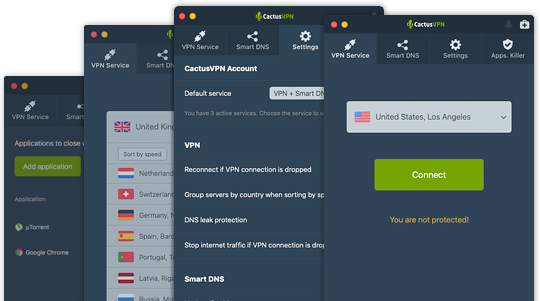

You can check on the status of the loginWindowIdleTime property with sudo defaults read /Library/Preferences/.
#MACOS SERVER VPN ON MACSTADIUM MAC#
It also adds a little load to the Mac mini since rendering a screensaver isn't free! $ sudo defaults write /Library/Preferences/ loginWindowIdleTime 0 While logged in via SSH, it's also a good idea to disable the built-in screensaver, since there's no monitor plugged in that needs any burn-in protection. Then restart the SSH daemon: $ sudo launchctl stop # Make the following changes to the file: Securing SSHįirst of all, I used ssh-copy-id to add my SSH key to the default administrator account on the Mac mini that was created for me: $ ssh-copy-id I could confirm I could log in with SSH successfully, I disabled password-based login, since that's an easy attack vector for scripts looking to hack into my servers: # While logged into the Mac mini. So I thought I'd document a little bit in this blog post about how I configured the Mac mini for more secure remote administration, since Macs tend to be a little more 'open' out of the box than comparable Linux machines that I'm used to working with.


I recently got an offer from MacStadium to use one of their dedicated Mac minis to perform CI and testing tasks for my Mac-based open source projects (for example, my Mac Dev Ansible Playbook, which I use to configure my own Macs).


 0 kommentar(er)
0 kommentar(er)
